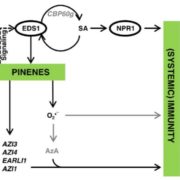
Secrets of the Forest: Volatiles First Discovered in Pine Trees Propagate Defense Signals Within and Between Plants
Blog, Research, The Plant Cell, The Plant Cell: In Brief0 Comments
/
Systemic acquired resistance (SAR)—a plant-wide heightened state of defense following localized exposure to a pathogen—is characterized by increased salicylic acid (SA) and ROS levels and elevated expression of pathogenesis-related genes. SAR depends on ENHANCED DISEASE SUSCEPTIBILITY1 (EDS1), which…

An Inside Scoop on Interviewing to be an Assistant Professor
Blog, Careers, Finding Your Next Position, Postdocsby Kyaw Aung
Looking for an Assistant Professorship, or just thinking about it? Here is an excellent article by someone who was recently on the job hunt and who has also had the chance to look at the hiring process from the other side. The article is full of important tips about what to expect and…

The SingAboutScience.org database: An educational resource for instructors and students
Blog, Education, Education General, GP Multimedia, Multimedia, Multimedia, Younger Children
Setting something to music is a well-known method for supporting learning (think about the alphabet song that you learned as a child). Gregory J. Crowther has assembled a searchable database of science-themed songs, along with lesson plans and suggestions for how to use songs in your teaching.…
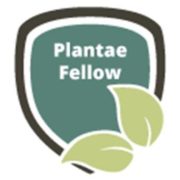
Applications open for 2017-2018 Plantae Fellows
Blog, Careers, Careers - BlogAre you a creative, articulate and web-savvy plant scientist looking to connect with other like-minded folks? We need your help to nurture and grow Plantae, the online community for the global plant science community. We are looking for individuals who are interested in being highly engaged contributors…
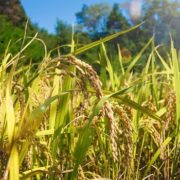
Harnessing the hidden genetic diversity for improving multiple abiotic stress tolerance in rice
Plant Science Research Weekly, ResearchAli et al. describe a rice breeding strategy to improve abiotic stress tolerance as well as to accelerate the speed to achieving homozygosity. The researchers named this particular technique as “Green Super Rice” (GSR) breeding technology. They use a backcross (BC) breeding approach to fix breeding…
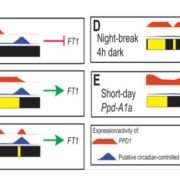
Interrupting long nights by short pulses of light accelerates flowering in wheat
Plant Science Research Weekly, ResearchIn order to address the knowledge gap in the mechanisms of photoperiodic induction of flowering by phytochrome, Pearce et al. studied flowering behavior in wheat grown under short days, with the interruption of the long nights by short pluses of light (night breaks). Their study showed that night breaks…
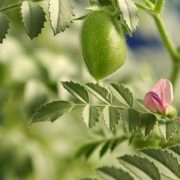
Root traits confer grain yield advantages under terminal drought in chickpea (Cicer arietinum L.)
Plant Science Research Weekly, ResearchThis study by Ramamoorthy et al. showed that survival of plants under drought conditions is not a sufficient goal for breeding. Rather, yield for biomass and food production under water deficit is a better target. Chickpea genotypes having better root growth and higher root density showed better grain…
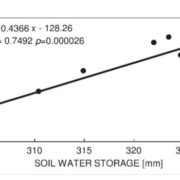
For drought tolerance, is water use efficiency (WUE) no longer a recommended selection criteria for energy crops?
Plant Science Research Weekly, ResearchPodlaski et al. conducted experiments with energy crops like miscanthus, prairie cordgrass, willow, etc, and report that water use efficiency (WUE) is no longer a valid trait for selecting energy crops for drought tolerance. They could not find any significant relationship between WUE and biomass …
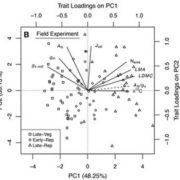
Variable mesophyll conductance among soybean cultivars sets a tradeoff between photosynthesis and water-use-efficiency
Plant Science Research Weekly, ResearchAn experimental study by Tomeo and Rosenthal with soybean cultivars demonstrated that there exists genotypic differences in mesophyll conductance (gm), and that the potential exploitation of this trait may increase crop productivity. It was found that there exists a proper coordination mechanism…

